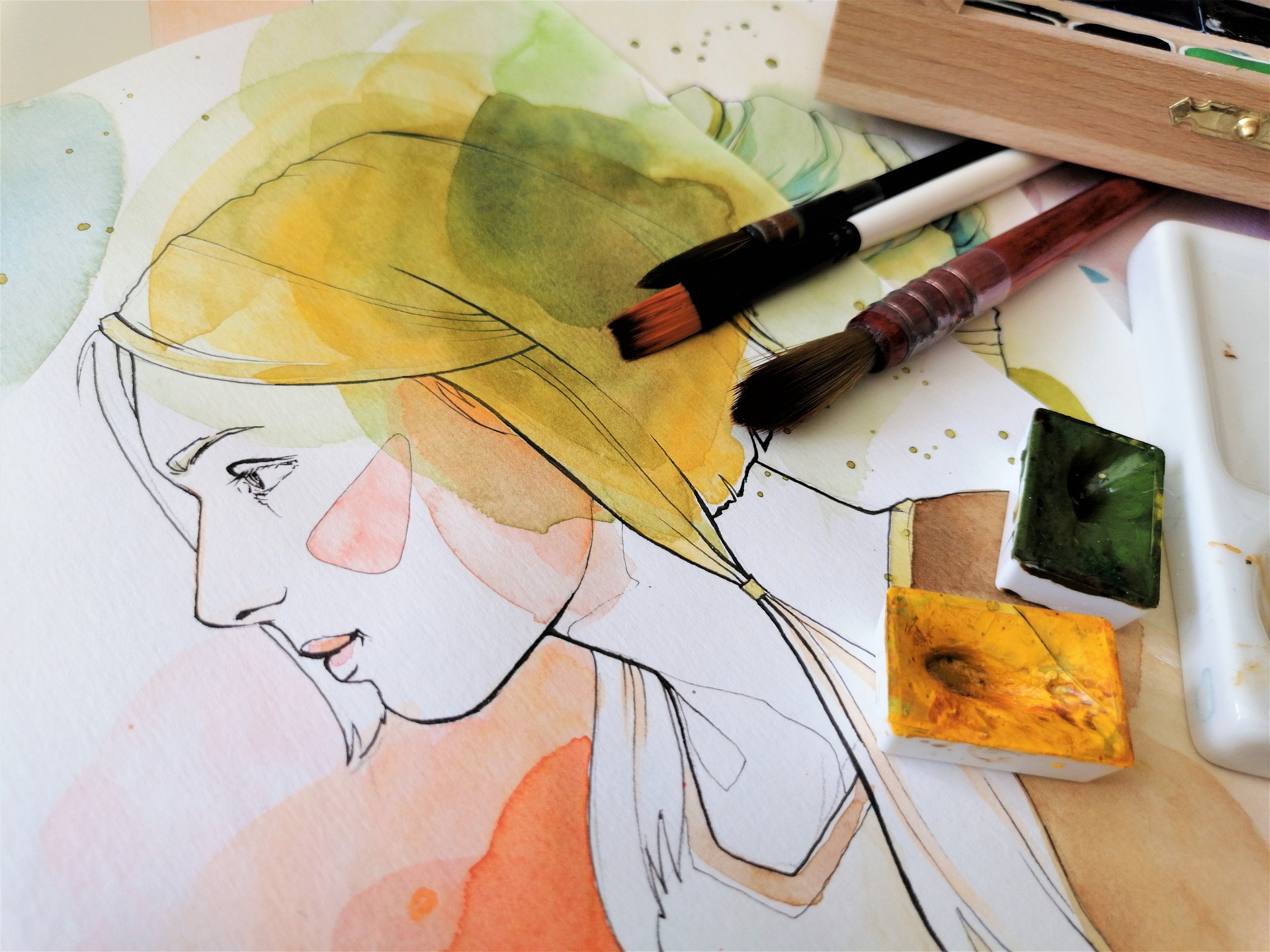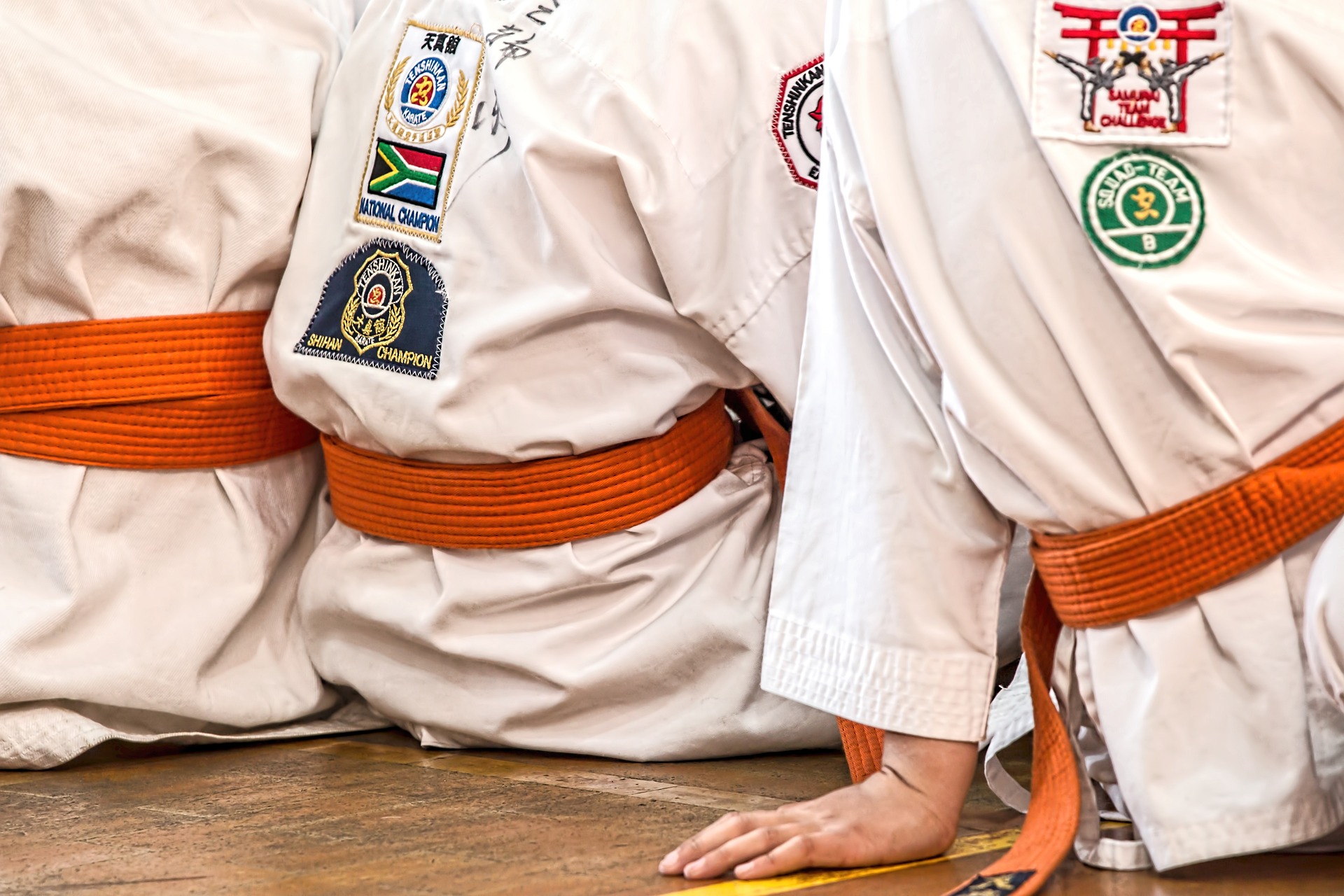Understanding the Power of Art Therapy for Mental Wellness
In the evolving world of mental health, art therapy has emerged as a breakthrough approach that fosters emotional healing and personal growth. This therapeutic method combines creative expression with psychology to foster self-discovery and emotional wellness. Read below to delve into the fascinating world of art therapy.

The Art of Healing: Understanding Art Therapy
Art therapy, a blend of psychotherapy and artistic creation, is a therapeutic technique that encourages individuals to express and understand emotions through artistic expression and the creative process. This form of therapy helps individuals explore their emotions, improve self-esteem, manage addictions, relieve stress, improve symptoms of anxiety and depression, and cope with physical illness or disability.
The Science Behind Art Therapy
Art therapy is not merely about creating artwork. It’s a process that involves the brain, body, and emotions. When individuals engage in artistic activities, the brain releases dopamine, a neurotransmitter that promotes feelings of pleasure and satisfaction. This ‘feel-good’ hormone can reduce feelings of anxiety and depression, thus promoting mental well-being.
Art Therapy Techniques and Their Impact
There are numerous techniques used in art therapy, including painting, drawing, sculpting, and collage making. These methods allow individuals to express their thoughts and feelings in a non-verbal manner, providing a safe and supportive environment for emotional exploration. By externalizing emotions, individuals can gain a better understanding of their feelings and learn to manage them more effectively.
Art Therapy in Practice: Real-World Applications
Art therapy is used in various settings, including hospitals, wellness centers, schools, and private practices. It’s beneficial to people of all age groups, from children struggling with learning disabilities to adults coping with mental health disorders. Moreover, it’s also beneficial for individuals undergoing medical treatments, as it can help reduce stress and improve mood.
The Future of Art Therapy: Emerging Trends
The future of art therapy appears promising, with a growing body of research supporting its efficacy. An emerging trend is the integration of art therapy with digital technology, creating new avenues for self-expression. Virtual reality (VR) and digital art platforms are opening up innovative ways for individuals to express their emotions and explore their subconscious, providing more depth to this therapeutic technique.
Useful Tips and Facts:
- Art therapy can be used as a standalone therapy or in conjunction with other therapeutic techniques.
- There is no right or wrong way to do art therapy. It’s all about the process, not the final product.
- Art therapy can benefit people of all ages and backgrounds, regardless of their artistic abilities.
- Professional art therapists are trained in both art and psychology to provide a safe and effective therapeutic experience.
In conclusion, art therapy provides a unique and effective approach to mental wellness. By bridging the gap between the mind and the creative spirit, it offers profound benefits for individuals seeking emotional healing. As research continues to validate its efficacy, art therapy is set to become a mainstay in the realm of mental health interventions.




